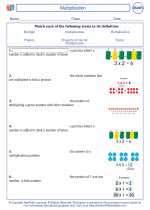Pressure
Pressure is the force applied perpendicular to the surface of an object per unit area. It is a measure of how much force is acting on a certain area.
Formula for Pressure:
The formula for pressure is:
Pressure = Force / Area
Units of Pressure:
The SI unit of pressure is the Pascal (Pa), which is equal to one Newton per square meter (N/m2).
Other common units of pressure include atmospheres (atm), millimeters of mercury (mmHg), and pounds per square inch (psi).
Factors Affecting Pressure:
The pressure exerted by a force depends on the magnitude of the force and the area over which the force is distributed. Increasing the force or decreasing the area will increase the pressure, and vice versa.
Applications of Pressure:
Pressure is involved in various real-life applications, such as hydraulic systems, pneumatic systems, and the functioning of tools like hydraulic jacks and car brakes.
Study Guide Questions:
.◂Math Worksheets and Study Guides Fifth Grade. Multiplication
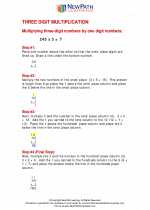
 Worksheet/Answer key
Worksheet/Answer key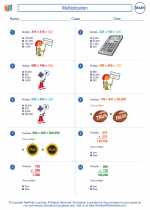
 Worksheet/Answer key
Worksheet/Answer key
 Worksheet/Answer key
Worksheet/Answer key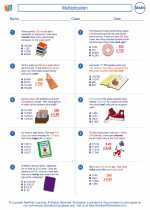
 Worksheet/Answer key
Worksheet/Answer key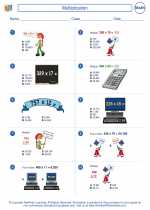
 Worksheet/Answer key
Worksheet/Answer key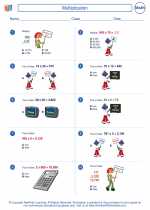
 Worksheet/Answer key
Worksheet/Answer key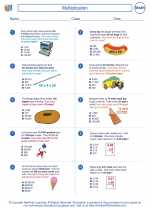
 Worksheet/Answer key
Worksheet/Answer key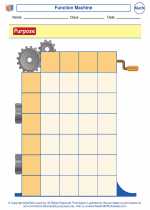
 Vocabulary/Answer key
Vocabulary/Answer key